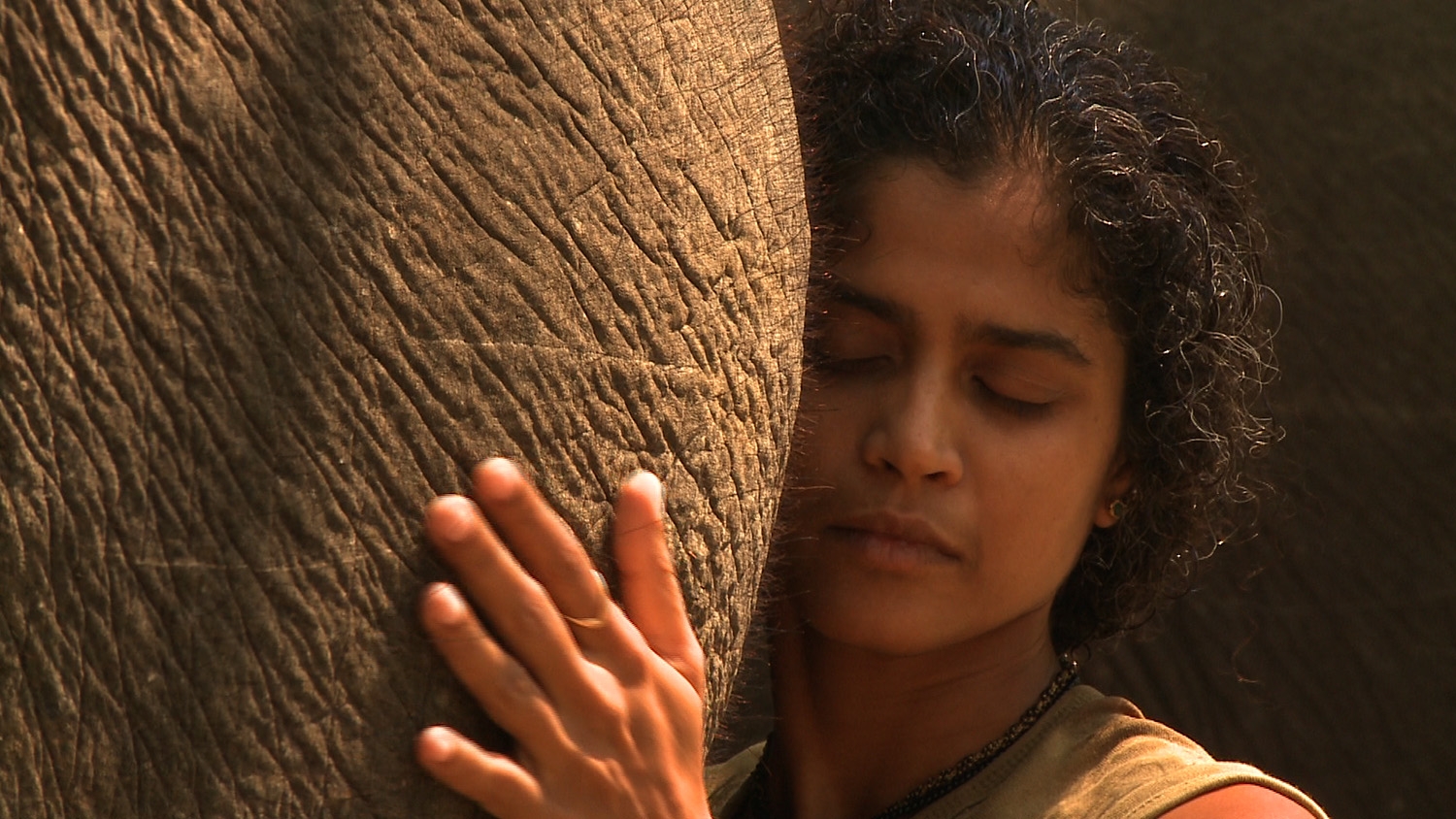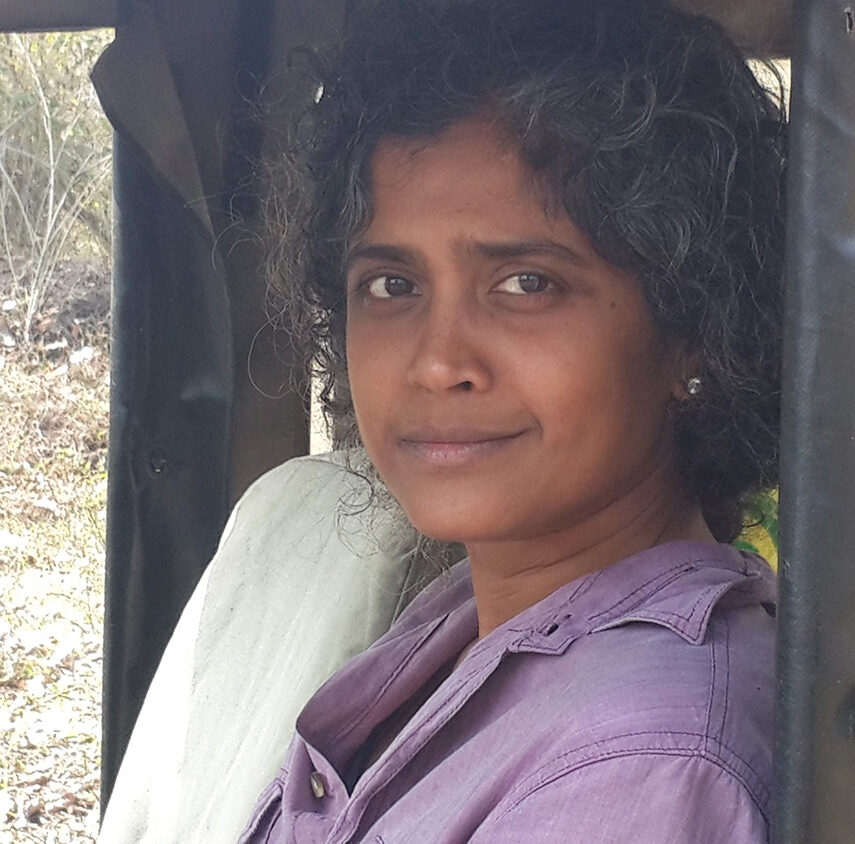A Life Walking with Elephants: In Conversation with Prajna Chowta
27 January 2025
In this thought-provoking conversation, anthropologist, conservationist, and filmmaker Prajna Chowta shares a life shaped by the wild and guided by an unyielding curiosity. From her childhood amidst the raw beauty of Africa and India to becoming one of the rare female mahouts in India, Prajna’s story is a testament to the transformative power of kinship—with people, nature, and elephants. Through her work with indigenous Kuruba communities and her deep bond with elephants, Prajna offers profound lessons on care, connection, and coexisting with the natural world.
Her journey unfolds in vivid, intimate moments: living among tribal mahouts, being pregnant alongside her elephant Kunti, and discovering ancient texts like the Hastividyarnava that reveal centuries of human-elephant relationships.
Her reflections are both urgent and timeless, reminding us of the rapidly shrinking space for wildlife and the vital role of conservation in securing a future where humans and animals can coexist.
Her reflections are both urgent and timeless, reminding us of the rapidly shrinking space for wildlife and the vital role of conservation in securing a future where humans and animals can coexist.
With storytelling as her tool and the wilderness as her guide, Prajna’s insights leave us with a challenge: to look beyond ourselves, reconnect with the rhythms of nature, and protect the delicate balance that sustains life on Earth.
With storytelling as her tool and the wilderness as her guide, Prajna’s insights leave us with a challenge: to look beyond ourselves, reconnect with the rhythms of nature, and protect the delicate balance that sustains life on Earth.

Ramya Reddy: What was your childhood like? Were you brought up with a deep connection to nature, or was that something you discovered later?
Prajna Chowta: It is obvious that my birth and early childhood spent in Africa—that is, far from India—had a strong impact on my awareness of origins and, therefore, of the earth. In Nigeria, we often went to the coast, to the edge of a lagoon in pristine nature. My father also took me to Kenya. Then, we returned to India every year and drove from Bombay to Mangalore following the Western Ghats. My father’s family home, where everyone lived and worked the land as a joint family, was in the middle of nature. My mother took me to the Kateel temple, where there was an elephant, although, as a little girl, I was more interested in glass bangles.

Prajna Chowta
Prajna Chowta is an Indian filmmaker, anthropologist, and conservationist known for her work with Asian elephants and indigenous communities. Born in 1970, she grew up between India and Africa, later studying anthropology in London. As one of India’s few female mahouts, she has spent decades working with elephants, including establishing the Aane Mane Foundation (http://aanemane.org/) for their conservation and welfare. Prajna is also an accomplished author and filmmaker, with works like Elephant Code and the documentary Elephant Blues. In 2019, she was honoured with the Chevalier de l’Ordre National du Mérite by the French government for her contributions to conservation and culture.
Comments (0)



